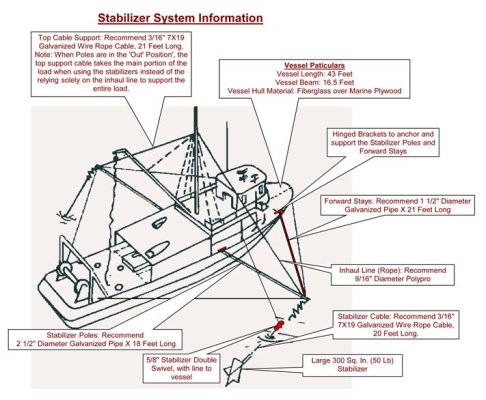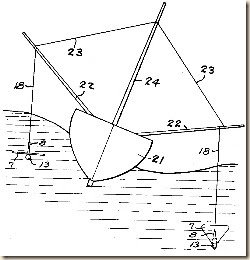Pascall
Senior Member
- Joined
- Oct 15, 2022
- Messages
- 328
- Vessel Name
- Passi
- Vessel Make
- Hand made Barkas
About two months ago I started manufacturing the Paravans with the corresponding equipment.
I have found a lot of information here on the forum, so I want to share my progress with you.
Because the mast should be easy to go down through the many bridges, I did not want booms next to the mast, so the booms are horizontal.
The existing boom, which is attached to the mast, is replaced, at least that is the intention, for two booms that are extendable.
Here a few pictures, as first making the pulleys, six pieces.






Pascal.
I have found a lot of information here on the forum, so I want to share my progress with you.
Because the mast should be easy to go down through the many bridges, I did not want booms next to the mast, so the booms are horizontal.
The existing boom, which is attached to the mast, is replaced, at least that is the intention, for two booms that are extendable.
Here a few pictures, as first making the pulleys, six pieces.






Pascal.


































